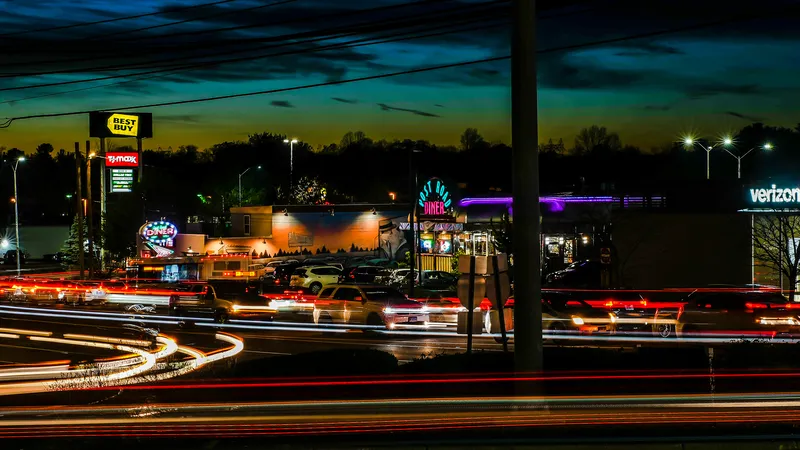In an effort to reduce "the worst bottleneck" to traffic in the region, Vancouver, British Columbia, is to replace the Massey Tunnel on highway 99 with a wider bridge that is expected to be a tolled.
The four-lane lane tunnel, which opened in 1959, is heavily overloaded for much of the day, carrying an average daily traffic of around 80,000 vehicles. Public consultation favoured a new bridge over the alternatives of renovation and additional tubes.
September 30, 2013
Read time: 2 mins
In an effort to reduce "the worst bottleneck" to traffic in the region, Vancouver, British Columbia, is to replace the Massey Tunnel on highway 99 with a wider bridge that is expected to be a tolled.
The four-lane lane tunnel, which opened in 1959, is heavily overloaded for much of the day, carrying an average daily traffic of around 80,000 vehicles. Public consultation favoured a new bridge over the alternatives of renovation and additional tubes.
It is believed that a bridge should be less susceptible to earthquake damage, while removal of the tunnel will eliminate an obstacle to deepening of the channel for shipping. Cost of building the bridge is anticipated to be around US$970 million.
Engineering and technical work is now under way to develop a project scope and business case for the new bridge and associated Highway 99 corridor improvements. This work will be presented for public discussion next spring, ensuring that the project remains on track for construction to begin in 2017.
The four-lane lane tunnel, which opened in 1959, is heavily overloaded for much of the day, carrying an average daily traffic of around 80,000 vehicles. Public consultation favoured a new bridge over the alternatives of renovation and additional tubes.
It is believed that a bridge should be less susceptible to earthquake damage, while removal of the tunnel will eliminate an obstacle to deepening of the channel for shipping. Cost of building the bridge is anticipated to be around US$970 million.
Engineering and technical work is now under way to develop a project scope and business case for the new bridge and associated Highway 99 corridor improvements. This work will be presented for public discussion next spring, ensuring that the project remains on track for construction to begin in 2017.










